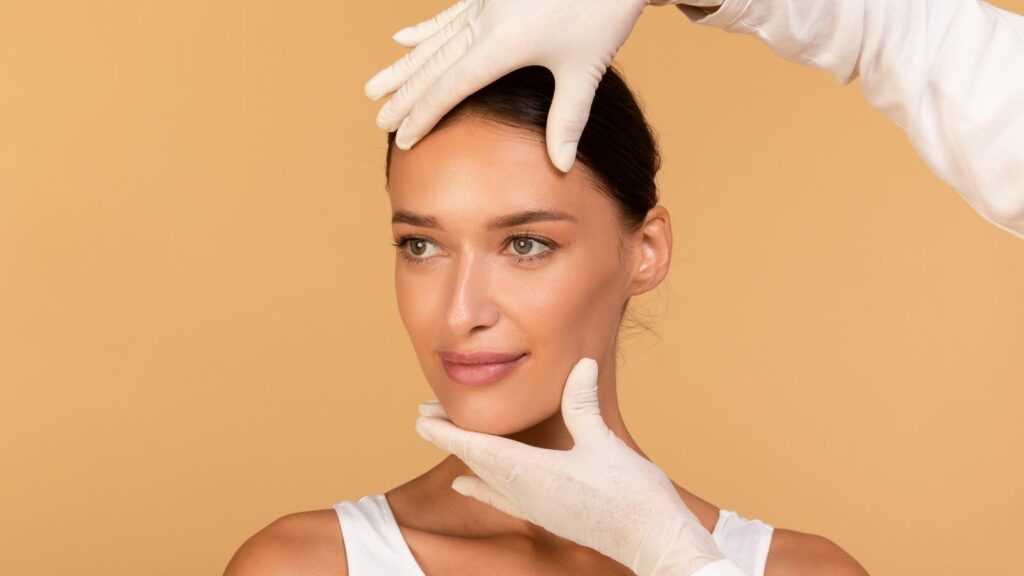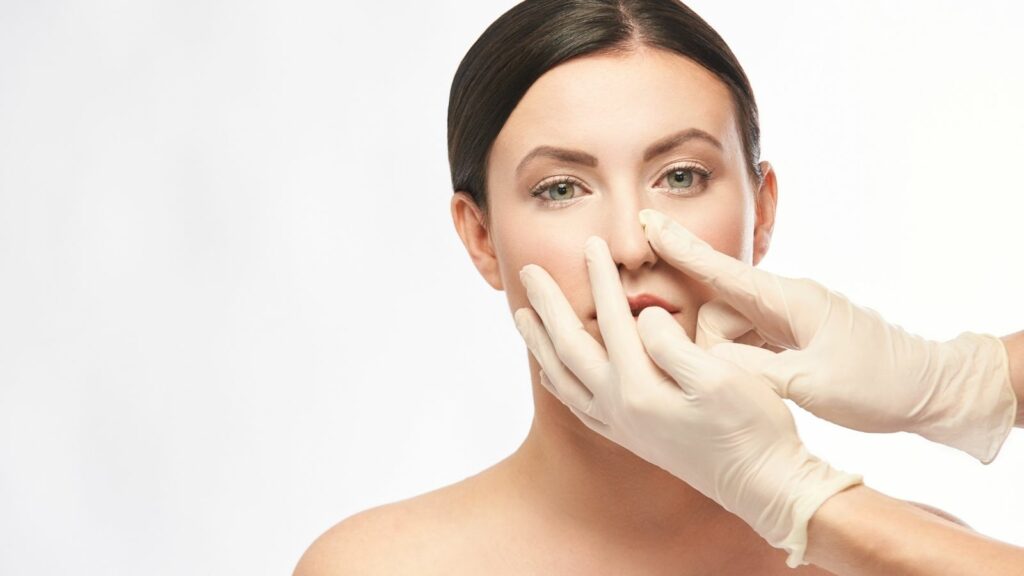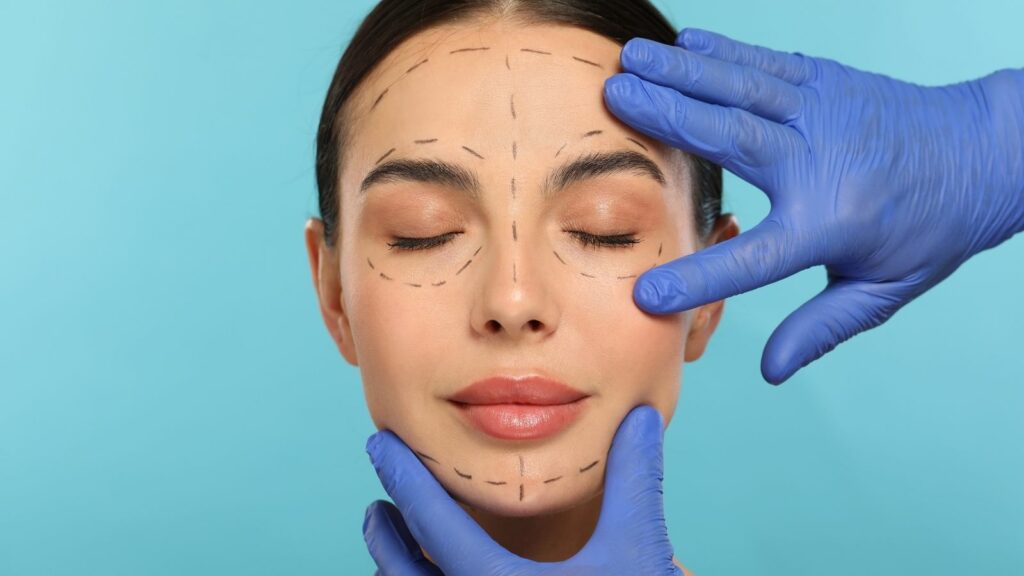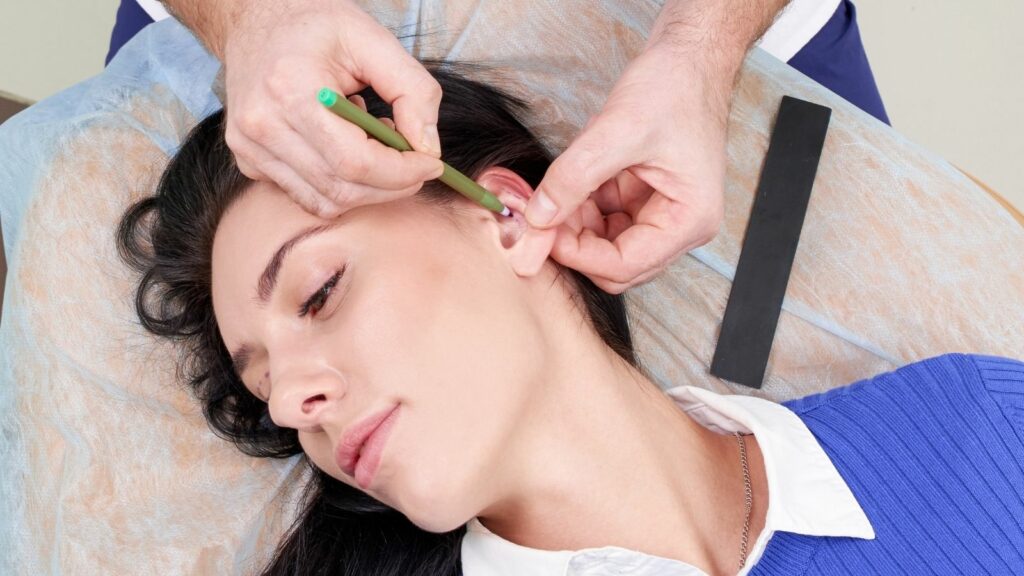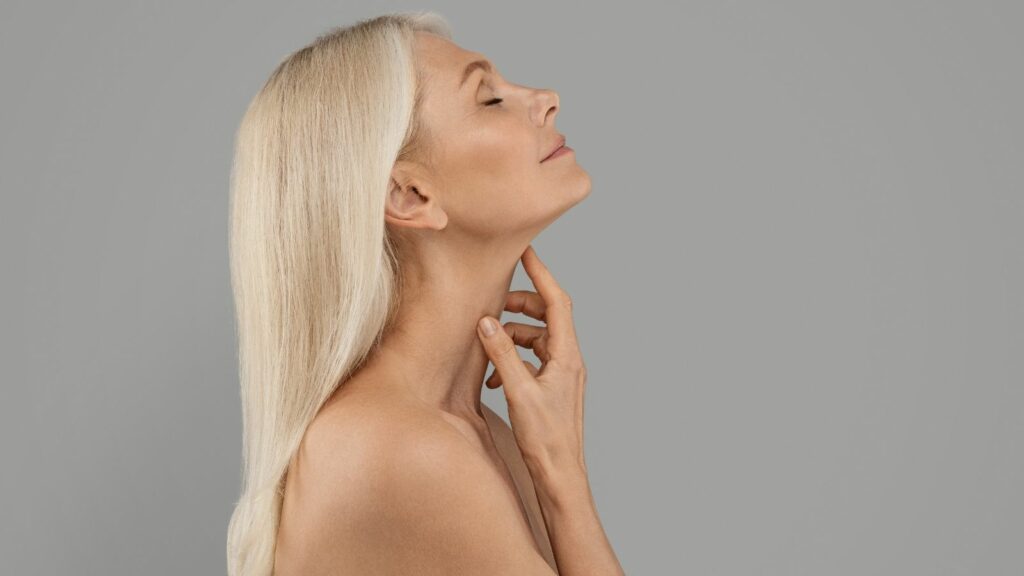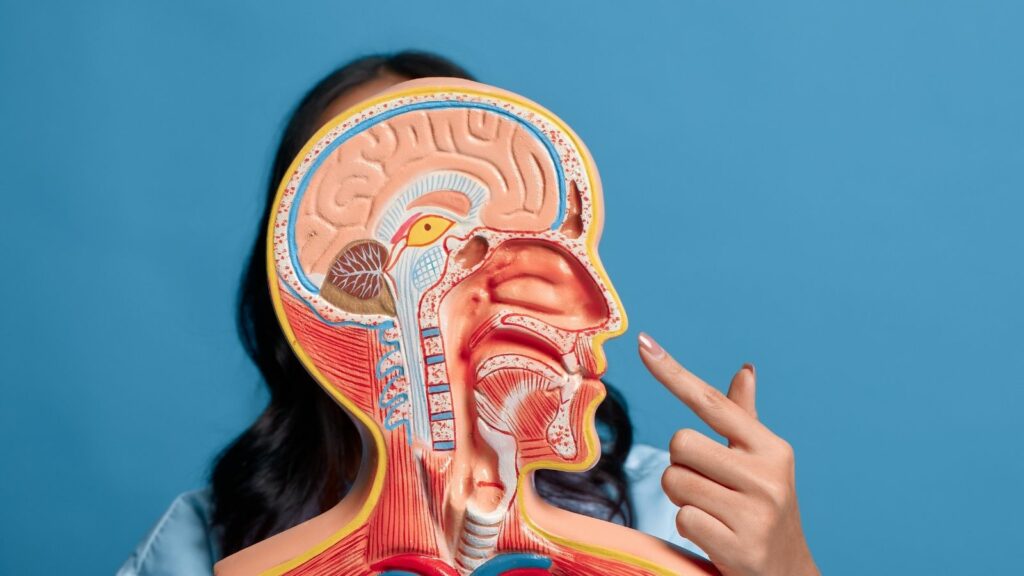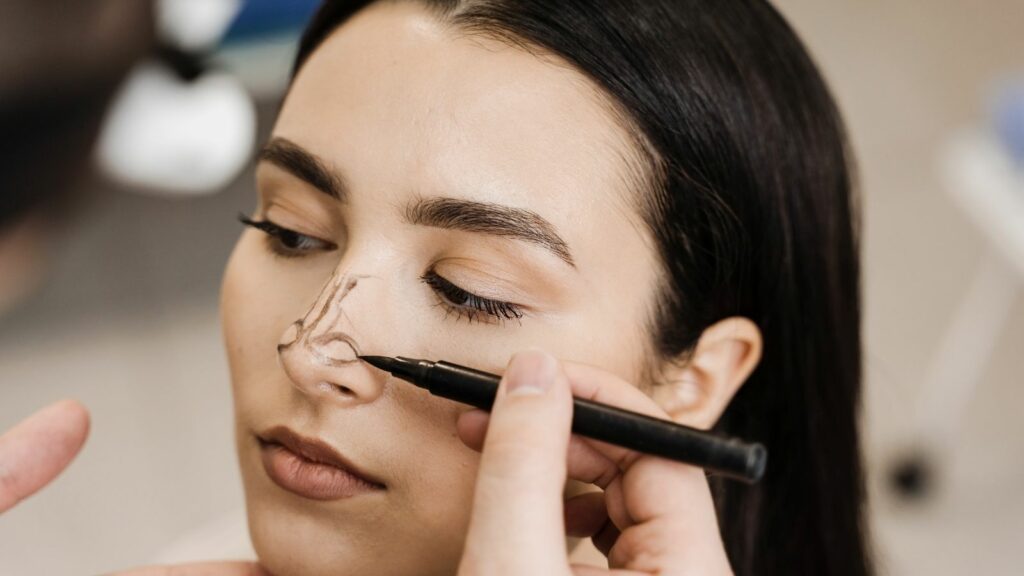The ideal age for rhinoplasty begins after the completion of bone and cartilage development. Generally, it is considered appropriate after age 16 for females and after age 18 for males. This age range is regarded as safe for both aesthetic and functional outcomes.
Rhinoplasty at a young age is not recommended for individuals whose facial development is still ongoing. Performing the procedure before the nasal structure and facial proportions are fully established may lead to disharmony in appearance in the future.
Rhinoplasty at an older age carries different challenges due to decreased skin elasticity and a longer healing process. However, with proper techniques, achieving natural and aesthetic results is possible.
Determining the appropriate age for rhinoplasty is important in terms of both physical development and psychological maturity. Patient expectations, health status, and the surgeon’s evaluation should all be considered together.
At what age can rhinoplasty be performed, and what determines the ideal timing?
One of the most common questions our patients ask is: “At what age can rhinoplasty be performed?” However, reframing this question as “When am I physically and mentally ready for surgery?” allows us to begin the process much more healthily. There are three essential pillars that determine readiness and that we consider when evaluating a candidate’s suitability. When these three come together, that is the right time for you.
These core criteria are:
- Physical Maturity
- Emotional and Psychological Readiness
- Overall Health Condition
Let’s expand on these. Physical maturity is the first and absolutely non-negotiable rule. Just as adding a floor to a building with an unstable foundation is risky, performing a surgical intervention before the facial and nasal skeleton has fully matured can lead to unpredictable results. A surgery performed while growth continues may ultimately cause the nose to become disproportionate to the rest of the face or lead to unwanted changes in its shape. Therefore, waiting for bone growth to stop is the first requirement for achieving a permanent and harmonious result.
Next is emotional and psychological readiness, which is at least as important as physical preparation, and sometimes even more so. The reason behind a person’s desire for this surgery and their motivation matters greatly. Is it a long-standing personal desire, or a momentary impulse influenced by peer pressure, a social media trend, or an attempt to please someone else? A healthy decision is always one that is made for oneself and based on solid justification. Additionally, the patient must possess the mental maturity to understand and accept the permanent changes the surgery will bring and the patience required during the healing process.
Finally, as with any surgical procedure, the individual’s general health condition plays a determining role. The candidate must not have any serious health problems that would interfere with receiving anesthesia or safely undergoing surgery. Uncontrolled chronic illnesses or bleeding disorders can pose risks. Therefore, a detailed health screening before surgery is essential for safety.
Is rhinoplasty possible at age 16, and what are the limits for teenagers?
The question “Is rhinoplasty possible at age 16?” is frequently raised by teenagers and their families. The medically accepted earliest age for rhinoplasty is generally 15–16 for girls and 17–18 for boys. These age limits arise not from an intention to impose rules but from biological realities.
Girls typically enter puberty earlier, and their facial bone development completes sooner. In boys, this process takes longer. Operating on a nose that has not fully completed its development is like shaping wet clay; it may look good initially, but as it “dries”—that is, as growth continues—it may crack or deform.
So how do surgeons determine whether development is complete? Every young person matures at a different pace, so individual evaluation is essential. However, several practical clinical indicators help guide us:
- At least two years of unchanged height
- At least two years of unchanged shoe size
- For girls: at least two years since the first menstrual cycle
These signs suggest that growth has slowed and the skeletal structure is largely stabilized. Nonetheless, the final decision is made only after examination and evaluation.
Of course, there are exceptions. For example, a young person with significant nasal deformity after trauma or with a structural problem severely limiting breathing may require surgery earlier. In such cases, the potential benefits and risks are carefully evaluated. However, these situations are exceptions, not the rule, and each case is assessed individually.
Is rhinoplasty possible under age 18, and why is parental consent so important?
Yes, the answer to “Is rhinoplasty possible under age 18?” is “yes” under specific conditions. However, the most essential and legally required condition is parental or legal guardian consent. Under Turkish law, written consent from the family is absolutely necessary for a minor to undergo an elective (non-emergency) surgical operation.
This consent should not be viewed merely as a legal signature. It is a mechanism that protects the young individual and actively involves the family in the decision-making process. Rhinoplasty is a serious decision with permanent results. Making such a decision alone can impose significant psychological and social burdens on a young person. Therefore, family involvement is essential for a healthy process.
A responsible surgeon always conducts a joint consultation with the young patient and their family. This meeting creates an environment of open, honest, and sincere communication for all parties. The main goals of this consultation are:
- Understanding the patient’s reasons and motivation for surgery
- Evaluating whether expectations are realistic
- Discussing potential risks, benefits, and the healing process transparently
- Clarifying the family’s supportive role and responsibilities
The family’s role is not to pressure the child or to approve the decision unconditionally. They should guide, help ask the right questions, and encourage realistic expectations. Particularly during the postoperative healing period, the young individual will need strong emotional and physical support. The family’s readiness to provide this plays a key role in both the surgical outcome and the young person’s long-term mental well-being.
Is rhinoplasty possible at age 14, and why is psychological readiness so critical?
The question “Is rhinoplasty possible at age 14?” is generally answered with “no.” As mentioned earlier, age 14 is a period during which facial and nasal development is still actively continuing for both girls and boys. For this reason, rhinoplasty at this age is not considered appropriate except in very exceptional cases such as trauma or severe functional impairment.
However, the main focus here is why psychological readiness is so critical—regardless of age. Even if physical development is complete, a person who is not mentally prepared may end up disappointed, even with a perfectly performed surgery. Psychological readiness is the unseen key to a successful outcome.
The first step is understanding the source of the motivation. Where is the desire coming from? Is it rooted in a long-standing personal discomfort, or influenced by social media trends, peer pressure, or family expectations? Since rhinoplasty alters the body permanently, the decision must be entirely personal.
The next step is assessing the realism of expectations. Rhinoplasty can correct the shape of the nose, harmonize facial aesthetics, and improve breathing. However, it is not a magical solution. It will not solve all of life’s problems, transform a person into someone completely different, or guarantee happiness. The surgeon’s responsibility is to provide honest feedback about what can realistically be achieved.
One of the most sensitive aspects of this assessment is screening for underlying psychological conditions such as Body Dysmorphic Disorder (BDD). Individuals with BDD may obsess over minor or nonexistent imperfections and will never be satisfied with the results, no matter how successful the surgery is. A responsible surgical approach includes involving a mental health specialist when necessary. The aim is not to “eliminate” the patient but to ensure the safest and most satisfying outcome.
How do social media and posts like “I had rhinoplasty at 15” influence decisions?
In today’s digital age, headlines such as “I had rhinoplasty at 15” and eye-catching before-and-after photos shared on social media deeply influence decisions—especially among young people. Platforms like Instagram and TikTok have become extremely powerful influencers.
The most significant issue is the unrealistic beauty standards created by:
- Professional lighting
- Ideal camera angles
- Heavy makeup
- Digital filters
- Photo editing and retouching software
These factors create an illusion of perfection that is impossible to achieve in real life. This can distort body image, leading individuals to constantly search for flaws in themselves and chase unattainable digital ideals.
A modern rhinoplasty consultation now involves not only evaluating the physical nose but also understanding the patient’s “digital self” and the expectations shaped by social media. The surgeon’s role is to gently address these unrealistic expectations and guide the patient toward natural, achievable goals that suit their facial structure.
What is the best period for rhinoplasty in adulthood?
After adolescence, the age range between 18 and 40 is considered ideal for rhinoplasty. This is due to both physical and psychosocial advantages.
The benefits of this period include:
- Completed facial development
- Good skin elasticity
- Generally faster healing capacity
- More mature and conscious decision-making abilities
- A well-established personal and social identity
Physically, the facial skeleton is fully developed, allowing stable and predictable results. Good skin elasticity helps the skin adapt smoothly to the reshaped nasal framework, creating natural and refined outcomes. Additionally, the stability and maturity of this age group support healthier decision-making and tolerance during the healing process.
How is rhinoplasty performed at older ages (geriatric rhinoplasty)?
Many patients over age 50 express concerns like “Is it too late for surgery?”. There is no upper age limit for rhinoplasty. The determining factors are biological age and overall health condition. Many patients in their 50s, 60s, and even 70s can successfully undergo rhinoplasty.
Aging affects the nose just as it affects other facial structures. Common age-related nasal changes include:
- Drooping of the nasal tip
- Thinning and loss of skin elasticity
- Weakening of cartilage structures
- Loosening of supportive ligaments
- A more prominent dorsal hump
These anatomical changes require a different surgical approach. In younger patients, the goal is often reduction and refinement, whereas in older patients the main objective is to strengthen and support weakened structures. Techniques commonly used include:
- Supportive cartilage grafts (tip grafts, spreader grafts, etc.)
- Septoplasty
- Turbinate surgery (reducing the nasal turbinates)
How can I be sure I am a good candidate for rhinoplasty?
At the end of this long discussion, the most important question becomes: “How can I be sure I am a suitable candidate for rhinoplasty?” You do not need to make this decision alone. It is a shared and highly personal decision between you and a surgeon who specializes in this field.
Ultimately, the “ideal age” is not a specific number but the “right moment” when the individual is ready in every aspect. A good rhinoplasty candidate typically:
- Has an overall health condition suitable for surgery
- Has completed facial and nasal development
- Holds realistic expectations
- Seeks facial harmony rather than perfection
- Makes the decision for personal, solid reasons
- Can demonstrate the patience and care required for the healing process
The final decision is shaped during an in-person consultation with a specialist surgeon. This meeting is a valuable opportunity to ask all questions, express concerns and goals, and receive a detailed physical and psychological assessment along with a personalized surgical plan.

